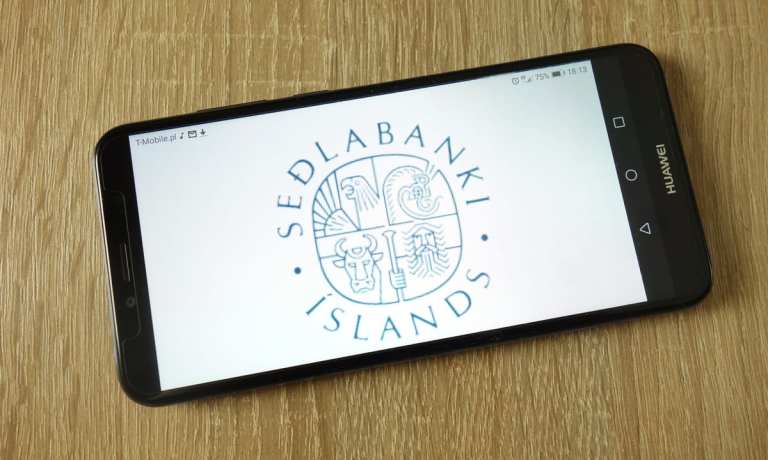Iceland Central Bank Debuts Instant Payments

The Central Bank of Iceland (CBI) is debuting a new instant pay platform with partnership with SIA, a European company specializing in high-tech payment services and infrastructures, according to a press release.
The service will help CBI focus on a more “strategic and modern” infrastructure for both high and low payment values, and it will use SIA’s technology to enable better connectivity with other central banks.
Sturla Pálsson, director for Markets Department of the Central Bank of Iceland, said in the release that the efficient, secure payment system is a prerequisite for “smooth, normal business transactions in a modern economy.”
“We need to use the best available tools at all times, and we are delighted with the implementation of the new interbank payment system from SIA,” he said, according to the release.
CBI manages all the interbank payments in Iceland, and processes up to 1 million payments per day with peaks of 160,000 per hour, the release stated. With the new SIA partnered system, CBI will have the capacity to handle 5 million payments a day, with transactions going through in “less than 40 milliseconds.”
Eugenio Tornaghi, director of Marketing & Sales at SIA, called the new payment system’s launch a confirmation of “our strong partnership with central institutions to deliver secure, mission-critical and high-performance platforms and to enable challenging digital transformation programs in the payments ecosystem,” according to the release.
“SIA is continuously using its innovation capabilities to extend the opportunities for Central Institutions to target new frontiers of instant payments, interoperability with different market infrastructures and services, account to account payments and digital currencies,” he said in the release.
In October, SIA was bought by Italian digital payment company Nexi for $5.4 billion. The deal made the two combined companies one of Europe’s largest payment providers, with a combined market capitalization of around $17.6 billion. Nexi shareholders own 70 percent of the new merged company, while SIA investors hold the remaining 30 percent.